Terrible Means is a prequel to B. Mure’s Ismyre book from a couple years ago, but you don’t need to have read the previous book to understand it. As the book begins, there is something wrong in Ismyre, but those who notice it can’t quite put their finger on what is causing it.
Ex-biologist Henriett has some disturbing findings in her field studies and is taking samples to show the Prime Minister and plead for action. When a bombastic magical action takes place on her visit, Henriett is blamed for it but meets the real culprit, Emlyn, who presents it as an act of protest against local rivers going black. Henriett and Emlyn, on the run from authorities, flee to Emlyn’s home.
Meanwhile, Sybil, Henriett’s friend who came with her on the visit, is found by an old associate, Berwick, and together they begin to uncover the cause of the disruptions and concoct a way to stop it from happening.
Surprise, it’s caused by selfish rich people who waste resources for their idle amusement. That never happens!
Terrible Means is a fairy tale of resistance. It’s filled with happy bravura about fighting the establishment, and assurances that resistance is a necessary action, that the people on top of the food chain don’t care enough about those on the bottom to fashion a kind, sustainable world. But if this seems idyllic, especially when matched with Mure’s bright, splashy, giddy color work, it’s marked by a hint of reality. Resistance is dangerous, and it never really ends. It’s a cycle you step into and it requires commitment and sacrifice. As fairy tales go, that’s a little bit of a downer, but Terrible Means is anything but.
By contrast, Tillie Walden’s A City Inside argues not for resistance, but commitment — the same quality that Mure’s portrayal of resistance requires. In a relationship, though, healthy resistance comes in a different form — togetherness — and Walden portrays the dilemma of understanding when the right togetherness has arrived.
Essentially an illustrated meditative poem, Walden takes you through the thought process of a woman as she sinks into an engulfing comfort that sparks a future history where she is able to trace her early struggles, her reactions against those, and what unfolds following that tests her ability to hang onto something with the faith that it’s the right thing — she doesn’t need to run away from it.
Part of this unfolds as quiet scenes from an ordinary life, while others are fantasy-oriented sequences of living in the sky, which stand in for the exhilarating moments of early freedom where you cast your own fate as a young person and the sky might be the limit, but it’s a pretty vast, enticing one filled with what seems like more possibilities than the ground offers you.
Walden depicts two kinds of ground, city and country, and at first, suggests one is incompatible with quiet. But with age comes clutter, and clutter creates walls of isolation that can create an uneasy quiet. Walden brings it full circle by representing this as an abandoned city, haunting in its depiction.
Walden masters the various perspectives with a seeming ease — the bucolic quality of the country seems as easy for her as the stately clutter of the city or the fantastical realm of the sky, all populated by the deep-felt human forms she renders. It’s a lovely little book that presents self-reflection as a sublime experience that requires imagination to bring about healing.


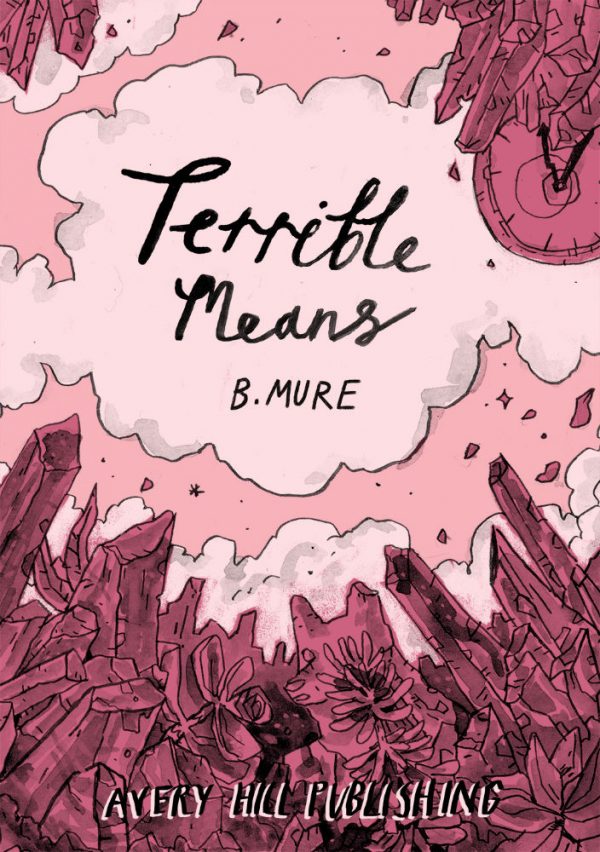
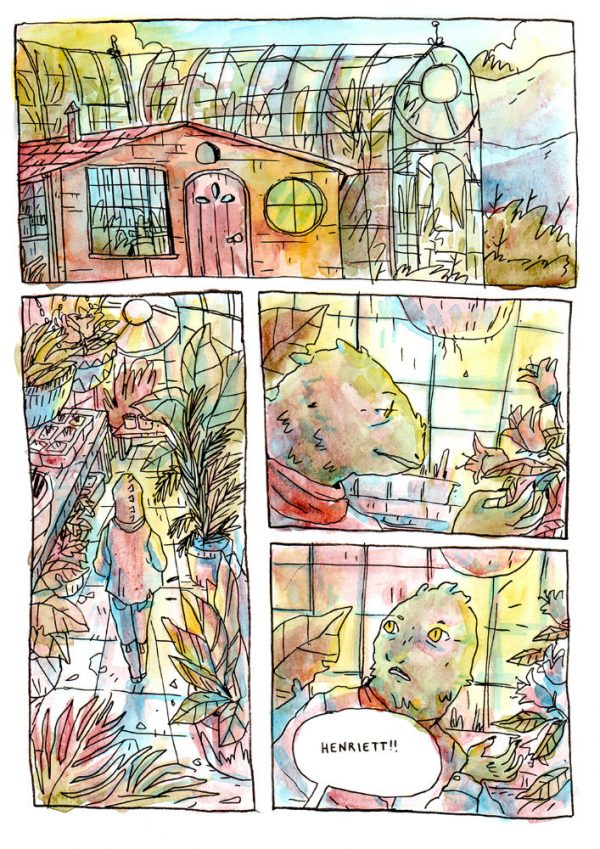
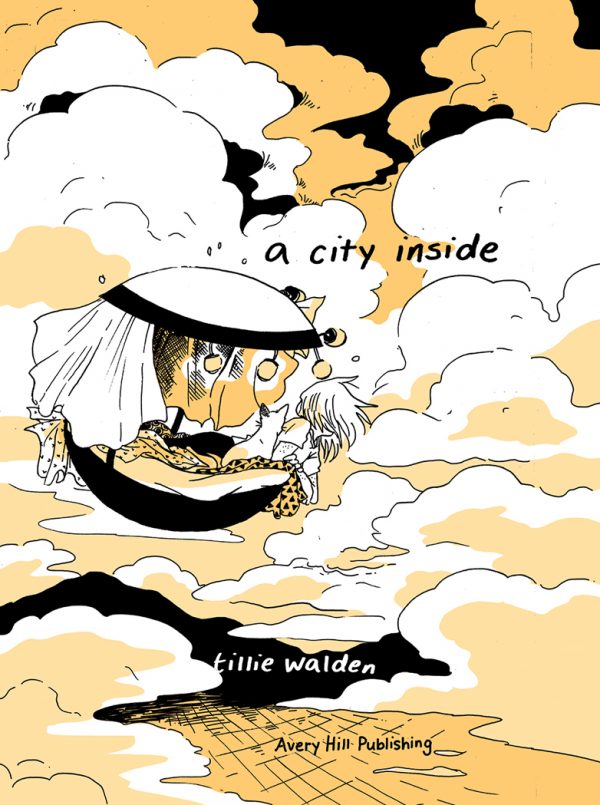
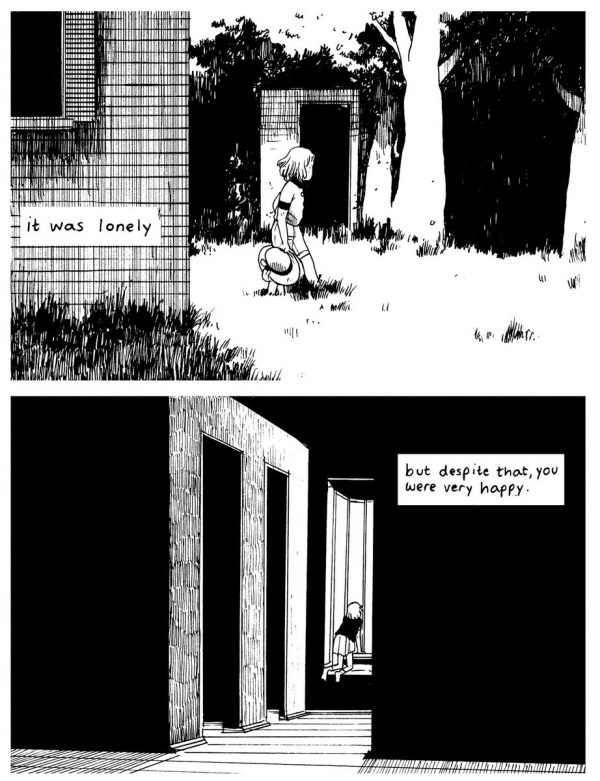
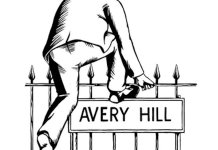





very pleasent article….For free using of the tutuapp install please visit tutuapp for free
A CITY INSIDE is a very nice minicomic (though super-pricey for 46 story pages with mostly splashes or 2 panels, being $12 even in softcover). In fact, everything Walden is good so far, art and story both.
The thought process of her therapist: that constant second-person voiceover inducing her patient into visualizing her future if she doesn’t commit. (Some sort of hypnotherapy, hence the spiraling trails of her mesmerizing word balloons.)
What’s interesting is that even that alt life of loneliness isn’t judged, “And at the end of it all, you’ll realize it was enough.” But her present self can still opt for a togetherness that could implicitly be more.
Haunting but not abandoned, just empty: “a new city will be built”. It symbolizes the immense personal freedom of a solitary life where she’s “a queen”, albeit of an empty place.
(Wait, the first comment is spam, so you don’t read comments, right?)
Thanks a lot for the guidence
Thnaks a lot for your article and after read I am very impressive with of your creativity. Now I have more consider about this amazing topic. Thanks a lot for the come here how to clear cookies chrome in windows 10 and get it from of your computer which is your best practical option.
Comments are closed.